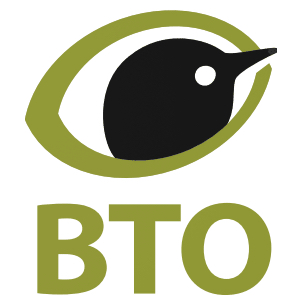As a garden bird enthusiast, there are few sights more captivating than a great spotted woodpecker flashing into view. Sleek and dapper, they dart into gardens, alight at breakneck speed and feed in improbably acrobatic positions.
Youngsters are ushered by their parents into gardens; a behaviour that is designed to help these fledglings towards independence, showing them where to find a reliable meal. It is a strategy that seems to work.
How big are great spotted woodpeckers?
What do great spotted woodpeckers eat?
Great spotted woodpeckers take a wide variety of foods in gardens, happily hammering peanuts, chiselling suet-blocks or clearing trays of mealworms.
As long as they can get a good grip on a feeder and can reach the food inside, they will sample most things.
A great spotted woodpecker’s tongue can protrude some 40mm beyond the tip of its bill – so not many garden bird foods are out of their reach.
How to spot a great spotted woodpecker
Identifying a great spotted woodpecker is relatively easy.
There are just two black and white woodpeckers in Britain: the great spotted woodpecker and the lesser spotted woodpecker.
The former are about the size of starlings and are fairly widespread, while the latter are only about the size of greenfinches and are worryingly – and increasingly – scarce.
When perched, the great spotted woodpecker has two large white shoulder patches whereas the lesser spotted woodpecker has several white bars.
Lesser spotted woodpeckers also lack pale red under-tail coverts, which are akin to red underpants, which great spotted woodpeckers have.
Juvenile great spotted woodpeckers can be distinguished from adults of the same species by the presence of a red skull cap and pale red under-tail coverts.
Adult great spotted woodpeckers, by contrast, have a black skull cap and bright red under-tail coverts.
Adult males can be distinguished from adult females through the presence of a small rectangle of red feathers on the back of the head.
When's the best time to see great spotted woodpeckers?
great spotted woodpeckers can be seen all year round.
Why and when do great spotted woodpeckers drum?
Great spotted woodpeckers are amongst the head-bangers of the avian world.
They drum on trees and other resonant surfaces during early spring to mark out their territories, and rely upon similar motion to prise out wood-dwelling invertebrates, break open conifer cones and to chisel peanuts from mesh feeders in gardens.
Such violent impacts would result in concussion in people, so how do great spotted woodpeckers manage them?
The answer is that they have evolved sophisticated ‘shock absorbers’ where the beak joins the skull.
Any stresses are transmitted towards the centre of the brain, which helps to prevent it from rotating, which would lead to concussion.
Their ability to handle such extreme impacts has made the great spotted woodpecker the subject of research into ways to reduce the risk of human head injuries.
The British Trust of Ornithology (BTO) works in partnership with over 40,000 volunteer birdwatchers to chart the fortunes of UK birds.
Among the surveys that we coordinate is our popular Garden BirdWatch, the largest year-round survey of garden birds in the world.
For more information about Garden BirdWatch or to speak to the Garden Ecology Team please email gbw@bto.org
